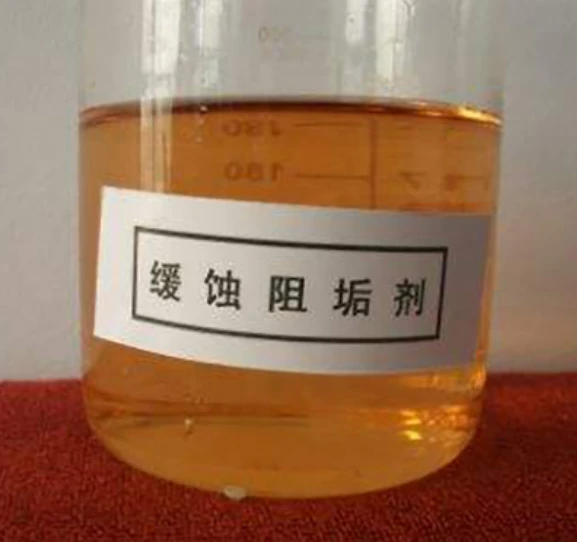chloromethyl isothiazolinone
Chloromethyl Isothiazolinone An Overview
Chloromethyl isothiazolinone (CMI), known for its potent biocidal properties, is a member of the isothiazolinone family, which comprises compounds widely used as preservatives and antimicrobial agents. With the global emphasis on health and safety, CMI has garnered attention for its effectiveness in preventing microbial growth in various formulations. This article aims to delve into the properties, applications, regulatory concerns, and safety measures associated with chloromethyl isothiazolinone.
Properties of Chloromethyl Isothiazolinone
CMI is characterized by its broad-spectrum antimicrobial activity, making it suitable for various industrial and consumer applications. It acts primarily by disrupting the cellular function of microorganisms, a mechanism that promotes its effectiveness against bacteria, fungi, and algae. Chemically, CMI is a stable compound that can be easily incorporated into formulations without compromising the integrity of other active ingredients. This stability, coupled with its low concentration requirements for efficacy, makes it a popular choice in various sectors.
Applications
Chloromethyl isothiazolinone is utilized across a spectrum of products. Its primary applications are in cosmetics, personal care products, and household formulations. CMI is used to preserve lotions, creams, shampoos, and wet wipes, ensuring that these products remain free from microbial contamination throughout their shelf life.
Additionally, CMI finds its place in industrial applications, such as paints, coatings, and adhesives. In these formulations, it serves a crucial role in preventing spoilage and maintaining product integrity during storage and application. Moreover, CMI is used in water treatment processes, where its antimicrobial properties help control biofilm formation and microbial proliferation.
Regulatory Concerns
chloromethyl isothiazolinone

Despite its effectiveness, the use of chloromethyl isothiazolinone is not without controversy. Regulatory agencies have expressed concerns over potential sensitization and allergic reactions associated with its use. The European Union, for instance, has established stringent regulations to limit the concentrations of CMI in cosmetic products and has mandated labeling to inform consumers of its presence. These regulations arose from studies indicating that CMI could act as a skin sensitizer, potentially causing allergic reactions upon repeated exposure.
The U.S. Environmental Protection Agency (EPA) has also categorized CMI as a restricted substance, leading to the implementation of guidelines for its safe use in various applications. Manufacturers are required to perform risk assessments and ensure that the concentrations of CMI remain within safe limits, prioritizing consumer safety while utilizing its antimicrobial properties.
Safety and Handling
Given the concerns surrounding chloromethyl isothiazolinone, it is crucial for manufacturers to adopt proper safety measures during its handling and application. Personal protective equipment (PPE) such as gloves, masks, and goggles is recommended to minimize exposure risks for workers involved in the production or application of products containing CMI.
Furthermore, companies must adhere to guidelines that dictate appropriate labeling and safety data sheets (SDS) to inform consumers of any potential risks associated with CMI. Conducting thorough testing, including patch tests on human subjects, can aid in determining the likelihood of adverse reactions, thus ensuring consumer safety.
In addition to safety measures, it is vital to educate both consumers and professionals about the importance of proper usage and disposal methods for products containing chloromethyl isothiazolinone. Ensuring that waste is handled according to environmental regulations can mitigate any adverse effects on ecosystems.
Conclusion
Chloromethyl isothiazolinone is a powerful antimicrobial agent with wide-ranging applications in cosmetics, household products, and industrial sectors. While its effectiveness in preventing microbial growth is well-documented, the associated safety concerns necessitate stringent regulatory measures and responsible handling practices. By prioritizing safety and adhering to guidelines, manufacturers can harness the benefits of CMI while safeguarding consumer health and the environment. As the beauty and personal care industry continues to evolve, it is essential for stakeholders to remain informed about both the advantages and challenges associated with chloromethyl isothiazolinone, paving the way for innovative and safe product formulations.
-
The Ultimate Guide to Flocculants: Transforming Water TreatmentNewsNov.01,2024
-
Improve Your Water Treatment Solutions with PolyacrylamideNewsNov.01,2024
-
Enhance Your Water TreatmentNewsNov.01,2024
-
Empower You to Achieve the Highest Standards of Water QualityNewsNov.01,2024
-
Effective Scale InhibitorsNewsNov.01,2024
-
Discover the Power of Poly Aluminum Chloride in Water TreatmentNewsNov.01,2024





